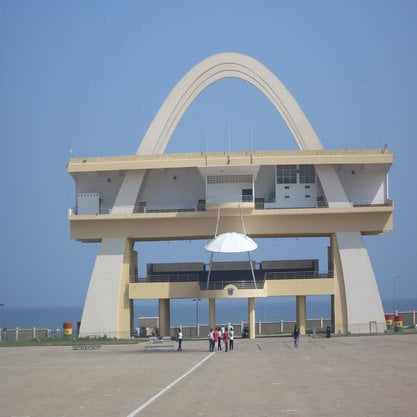Article
Samb, Mamadou Pape (1951–2014) By Roberts, Allen F.
Article
Mamadou Pape Samb, better known as Papisto Boy, was a Senegalese street artist celebrated locally and internationally. He moved to Dakar as an orphan of ten years old, and would spend the next forty years living in an informal fishing village squeezed between factories in Dakar’s portside industrial park of Bel-Air. Papisto’s greatest artistic accomplishment was a two-hundred-meter-long mural covering the exterior walls of a fish-processing plant. His portraits and narrative vignettes celebrated global heroes of human rights, and Papisto greatly enjoyed recounting compelling stories about those depicted to local children or passers-by. The remarkable qualities of Papisto’s work were recognized in the late 1970s and he was brought to West Germany to exhibit his paintings in 1980. Later, he participated in Dakar’s Set/Setal youth-empowering artistic revolution of the late 1980s. His works figured prominently in the exhibition A Saint in the City: Sufi Arts of Urban Senegal, which traveled to six U.S. museums from 2003 through 2008, and in Urban Islam in Amsterdam (2004) and Basel (2006). Papisto’s last major work was a mural in 2006 commissioned for the outer wall of the French Cultural Center of Dakar.

